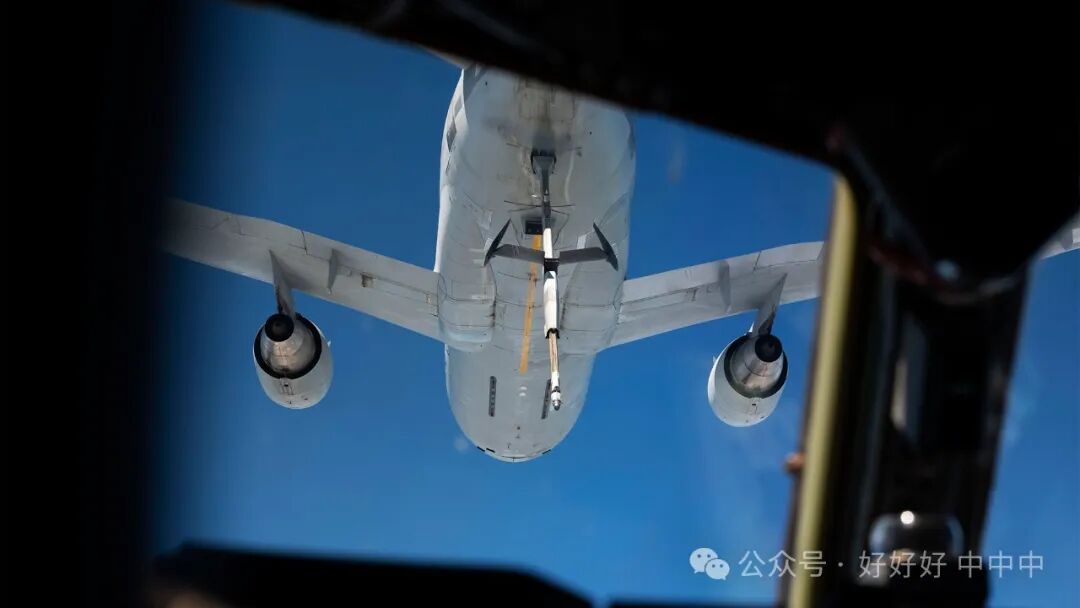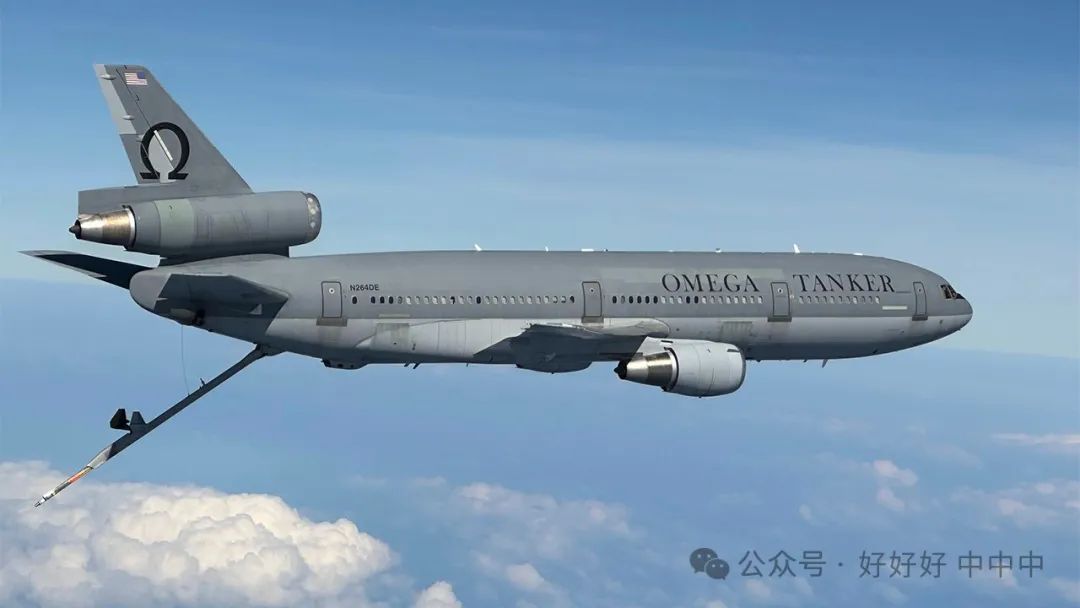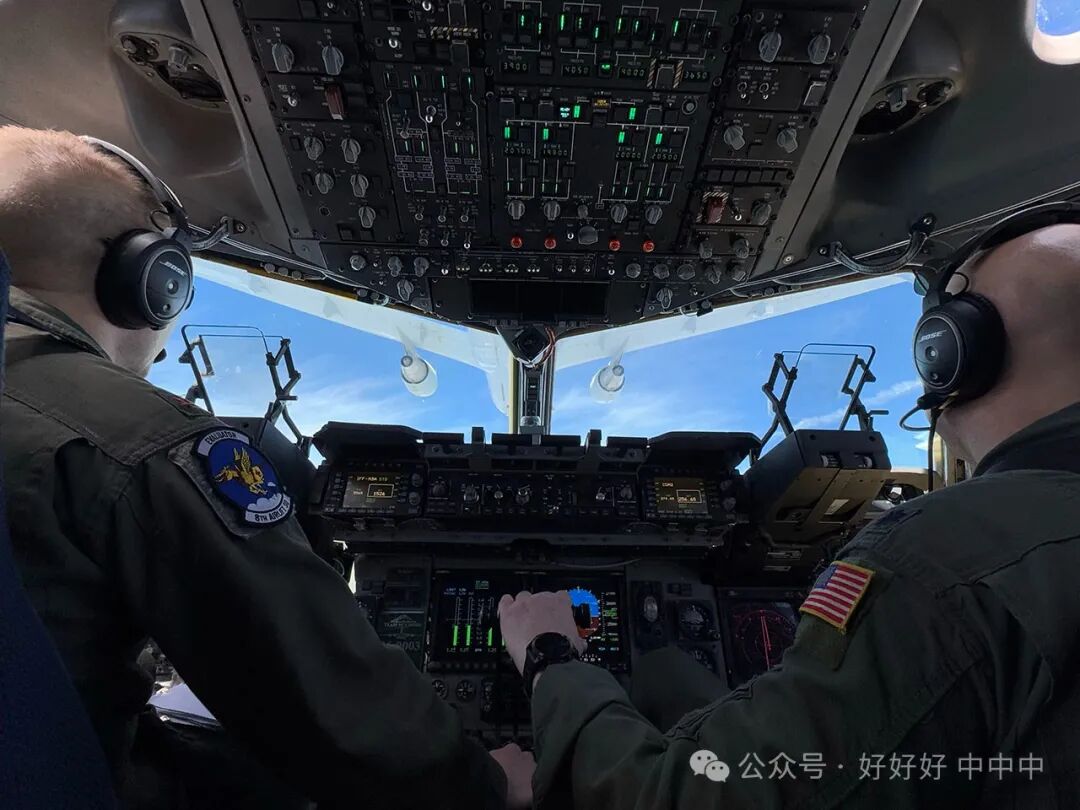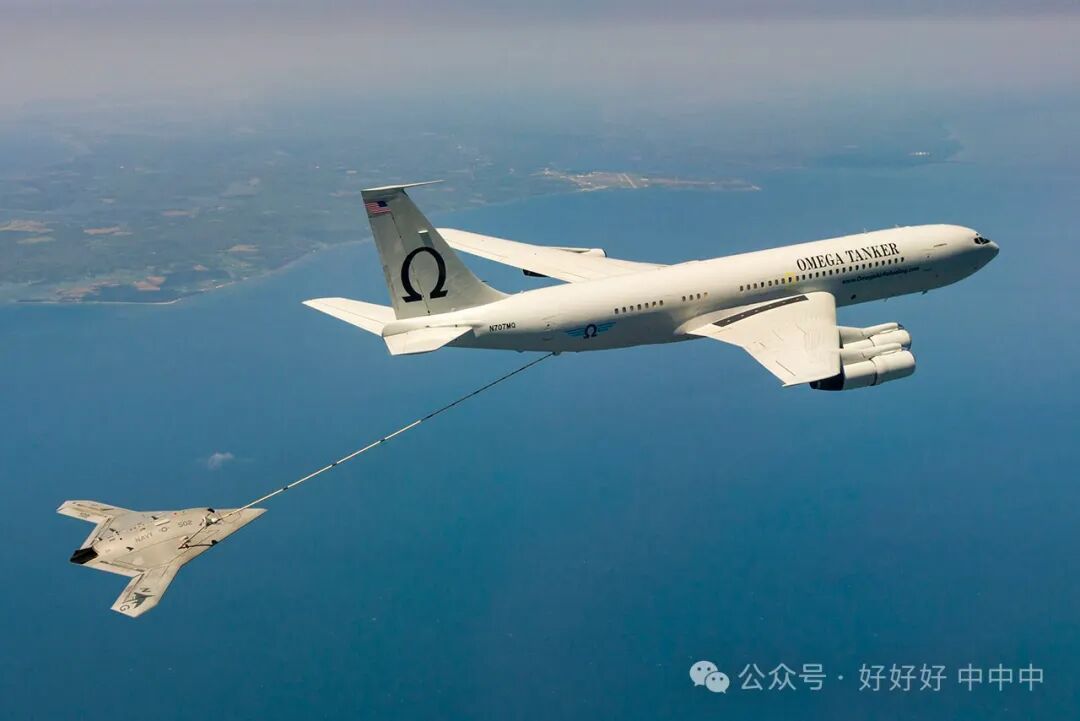The C-17 of the Air Mobility Command Completes First Commercial Aerial Refueling On April 10, 2025, over California, a KDC-10B from Omega Aerial Refueling Services was preparing to refuel a C-17 Globemaster III assigned to the 62nd Airlift Wing.#Stories and Incidents #Aviation
On April 10, 2025, over California, a KDC-10B from Omega Aerial Refueling Services was preparing to refuel a C-17 Globemaster III assigned to the 62nd Airlift Wing.#Stories and Incidents #Aviation
On April 10, 2025, a C-17 from Joint Base Lewis-McChord became the first aircraft of the U.S. Air Force Air Mobility Command to receive fuel from a commercial contract KDC-10B.
Omega Aerial Refueling, based in San Antonio, Texas, has operated its own aerial refueling fleet since 1999. The company initially operated specially modified Boeing 707 aircraft but has since expanded its fleet to include KDC-10-30 tankers previously operated by the Royal Netherlands Air Force and KDC-10-40s from the former Japan Airlines. The current active fleet includes two KC-707s, one KDC-10-30, and one KDC-10-40.
Among these active tankers, the KDC-10-30, N264DE, is unique in that it is equipped with a flying boom refueling system. Unlike Omega’s other aircraft, this allows it to refuel most aircraft in the U.S. Air Force fleet.
N264DE has completed aerial refueling with many U.S. Air Force platforms, including the B-52 Stratofortress, MC-130J Hercules, and F-16 Fighting Falcon. However, until now, the Air Force’s 222 Boeing C-17 Globemaster III strategic transport aircraft had not completed a single mission.

On March 10, 2024, an Omega KDC-10 commercial air-to-air refueling aircraft flew over the Pacific with a B-52 Stratofortress from the 49th Test and Evaluation Squadron assigned to Barksdale Air Force Base in Louisiana, after successfully providing air-to-air refueling to the B-52 for the first time.
Due to the ongoing operations of the U.S. Air Force’s own tanker fleet maintaining a high operational tempo globally, it is not always able to support the large number of other forces that require air-to-air refueling training in addition to its own needs.
“The 62nd AW (62nd Airlift Wing) has limited opportunities for air refueling training, which can affect our pilots’ mobility,” explained Major Ryan Vigil, the wing training officer of the 62nd Operations Support Squadron. “The training is very similar to our experiences with the KC-10 and KC-46,” he continued. “Omega is performance-driven, providing a level of consistency that is not always achievable with military tankers performing different missions.”
While the scene of the C-17 refueling from a DC-10 tanker is familiar—since the KC-10 itself was only recently retired from the U.S. Air Force—the Omega KDC-10B features a very different refueling technology. Instead of conducting boom operations from a station at the rear of the aircraft, the boom is operated from a remote aerial refueling operator station located towards the front. Using advanced optical sensor systems, the boom can be safely directed to the receiving aircraft’s fuel receptacle under the same procedures as older methods.
The remote aerial refueling operator station is now common in tanker designs, used in the Airbus A330 MRTT and Boeing KC-767 and KC-46 Pegasus. However, this is the first time this technology has been installed on a DC-10 tanker. The Israeli Air Force has also installed this type of system on its KC-707 tanker fleet.

Pete Vanagas, Director of U.S. Air Force Business Development at Omega Aerial Refueling, expressed pride in being able to support this training mission: “This mission is significant as it marks the first contract aerial refueling for Air Mobility Command aircraft. Our team is ready to provide aerial refueling for the Department of Defense anytime, anywhere. We look forward to supporting the C-17A again in the future and establishing a long-term partnership with the 62nd Airlift Wing and Air Mobility Command.”
Commercial Aerial Refueling
While relatively new for the U.S. Air Force, the U.S. Navy and Marine Corps have contracted Omega Aerial Refueling since 2001. Since most of their aircraft use hose and drogue refueling, the lack of a boom on Omega’s KC-707 is not an issue. Omega has operated KC-707 aircraft with both wing-mounted hose and drogue refueling systems and those with hose and drogue components mounted on the rear fuselage.
Omega extensively supports training flights in the U.S. and regularly provides refueling for aircraft participating in overseas exercises. Allied air forces, such as the Royal Air Force and the Royal Australian Air Force, have also contracted with Omega for their own operational missions.

The Navy’s unmanned X-47B received fuel from an Omega K-707 tanker while operating at the Atlantic test range in Chesapeake Bay. This test marked the first time an unmanned aircraft was refueled in flight.
In recent years, Metrea and its large former Singapore Air Force and French Air Force KC-135 fleet have won contracts to become the first commercial provider to refuel U.S. Air Force aircraft, with one KC-135 delivering approximately 90,000 pounds of fuel to an E-3 Sentry and RC-135 Rivet Joint during the 2023 Resolute Hunter exercise. This milestone occurred just three months after the company refueled the P-8A Poseidon for its long-time customer, the U.S. Navy. Notably, unlike most U.S. Navy aircraft, the P-8 uses a boom refueling system.
In March of this year, the Indian Air Force announced a contract with Metrea to provide a KC-135 to support pilot training. The contract includes crew and all maintenance work, expected to commence within six months of the announcement. This comes as the nation explores options to mitigate the low availability of its Ilyushin Il-78 Midas tankers.